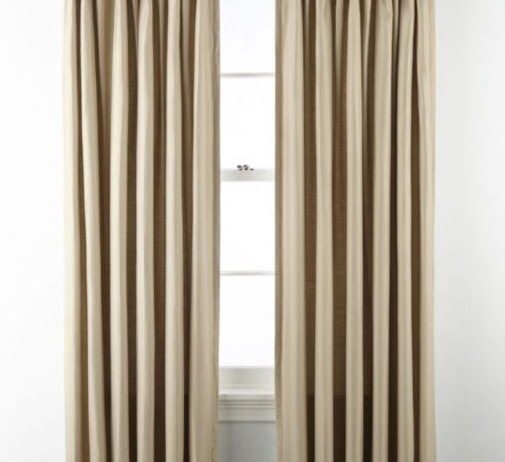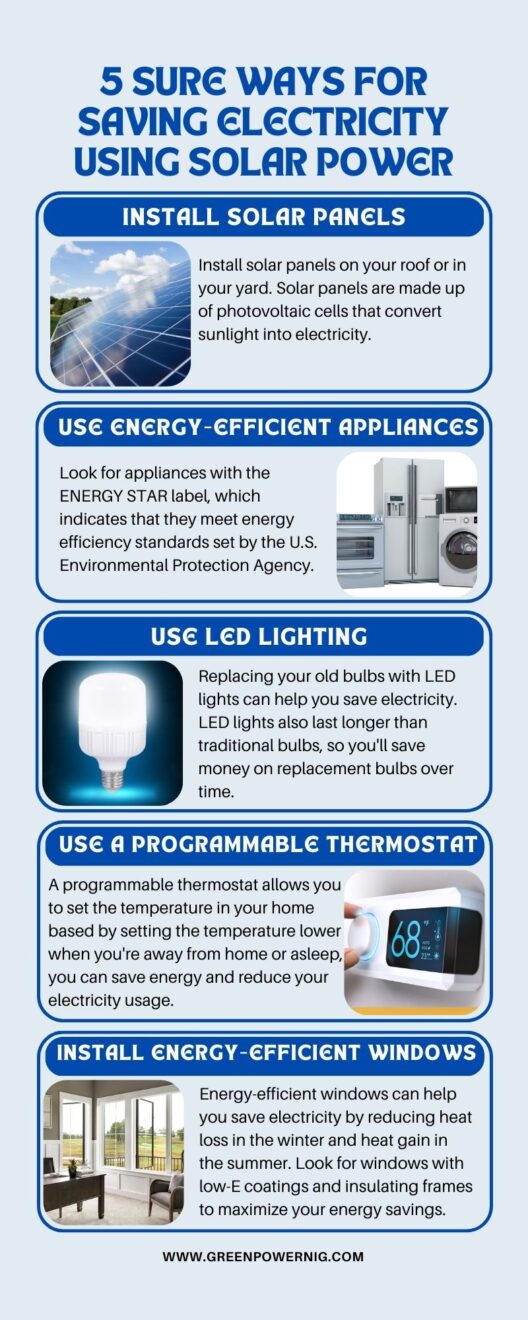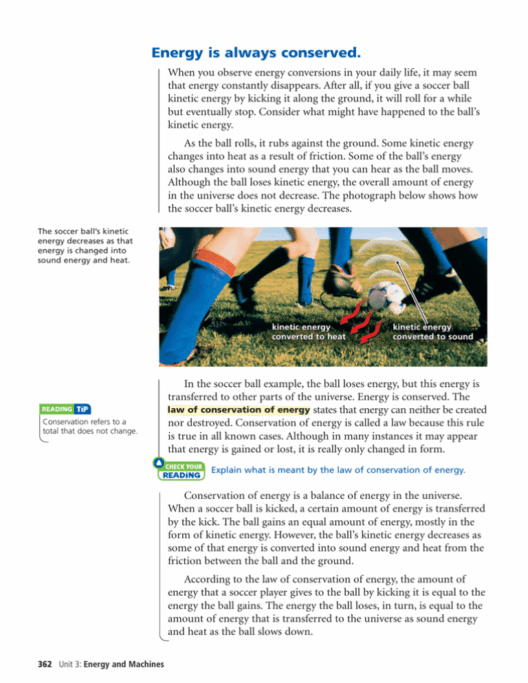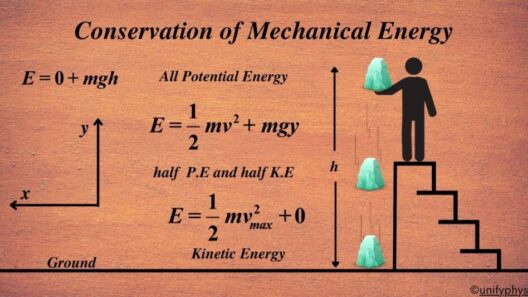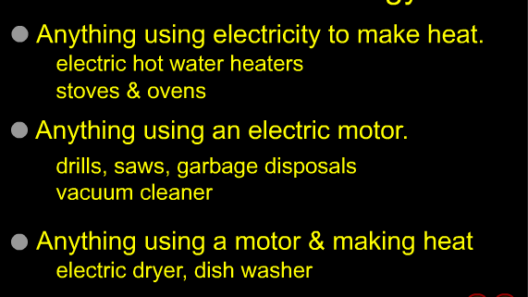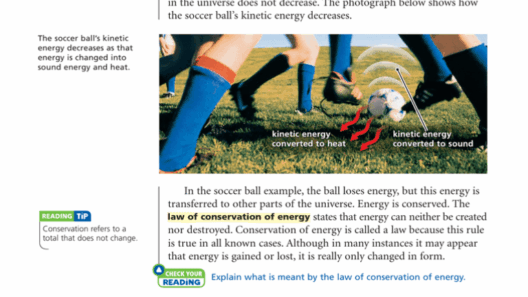As the conversation around energy efficiency intensifies, many homeowners and renters grapple with the question: Do curtains really conserve energy? The short answer is yes, but the nuances lie within the materials, types, and specific applications of those curtains. This exploration delves into the insulating power of fabric, illustrating how the right choice can significantly impact energy conservation in your home.
In a standard home, a substantial portion of energy loss occurs through windows. According to various studies, up to 30% of heating energy can be lost due to inadequate window coverings. This realization has galvanized interest in various types of curtains and their insulating properties. From heavy drapes to lighter sheers, the landscape of curtain options is diverse. This article elucidates these differences and helps consumers make informed decisions.
Types of Curtains and Their Insulating Properties
Curtains come in a variety of materials, each influencing thermal performance. Understanding the distinct properties of different fabric types is essential for energy conservation.
1. Thermal Curtains
Thermal curtains, also known as insulated curtains, are specifically fabricated to reduce energy transfer. Typically made from a dense fabric layered with insulating materials, these curtains prevent heat loss during winter and block heat from entering during summer. The use of thermal lining can enhance their effectiveness. Homeowners who prioritize energy savings should consider these as a core element of their energy conservation strategy.
2. Blackout Curtains
Blackout curtains are designed to block outgoing light and create a dark environment. While their primary use is for light control, they also possess excellent insulating properties. The thicker the fabric, the better the heat retention in winter and heat rejection in summer. Incorporating blackout curtains can lead to notable reductions in heating and cooling costs, making them an economical choice for energy efficiency.
3. Sheer Curtains
In contrast to heavy treatments, sheer curtains offer a lighter alternative. They are often made from thin, translucent fabrics. While they provide minimal insulation, they can still play a role in energy conservation by diffusing sunlight and mitigating the heat buildup during peak sun hours. For climates with milder seasons, sheer curtains can enhance comfort while contributing to reduced energy consumption.
4. Drapery Linings
Drapery linings can significantly amplify the insulating properties of standard curtains. By adding a thermal or blackout lining, one can effectively enhance the energy-efficient characteristics of any drapery choice. These linings help trap air between the curtain and window, serving as an additional barrier against conductive heat loss.
5. Energy-Efficient Window Treatments
Beyond curtains, several window treatments can complement fabric options for maximal energy savings. Cellular shades, for instance, feature a honeycomb structure that traps air, functioning as an insulator while offering aesthetic benefits. Blinds and shades, when drawn correctly, can also enhance overall energy efficiency, particularly in conjunction with fabric layers.
Understanding R-Value
The R-value, denoting thermal resistance, is crucial in selecting energy-efficient curtains. The higher the R-value, the greater the insulating effectiveness. For context, typical curtains might have an R-value between 1 and 2, while thermal curtains can exhibit R-values above 4. When evaluating window coverings, consider the R-value in relation to your climate and energy conservation goals.
Installation and Usage Practices
Selecting energy-efficient curtains is only part of the equation; proper installation and usage practices can significantly influence their effectiveness. Here are some key recommendations:
- Full Coverage: Ensure that the curtains cover the entire window area. Gaps can allow heat transfer, undermining their insulating benefits.
- Close During Peak Hours: In colder months, close curtains at dusk to retain warmth; conversely, during warmer months, draw them during the hottest hours to block sunlight.
- Utilize Tiebacks: During the daytime in winter, consider using tiebacks to allow natural sunlight to warm your living spaces, reducing reliance on artificial heating.
Real-World Implications of Curtain Choices
Numerous studies and anecdotal evidence suggest that the incorporation of high-quality window treatments, particularly those designed for thermal efficiency, can lead to a marked decrease in energy expenditures. An investment in such curtains might appear substantial initially; however, the return on investment often materializes in the form of reduced utility bills. In addition, the reduction in energy consumption contributes positively to environmental conservation efforts, making it a choice that not only benefits the individual but also the planet at large.
Conclusion
In conclusion, while not all curtains are created equal, many can significantly contribute to energy conservation. The type of fabric, construction, R-value, and proper usage all play pivotal roles in determining the effectiveness of curtains as insulators. With the combination of careful selection and mindful application, curtains can serve as a powerful ally in the pursuit of energy efficiency in modern homes.



